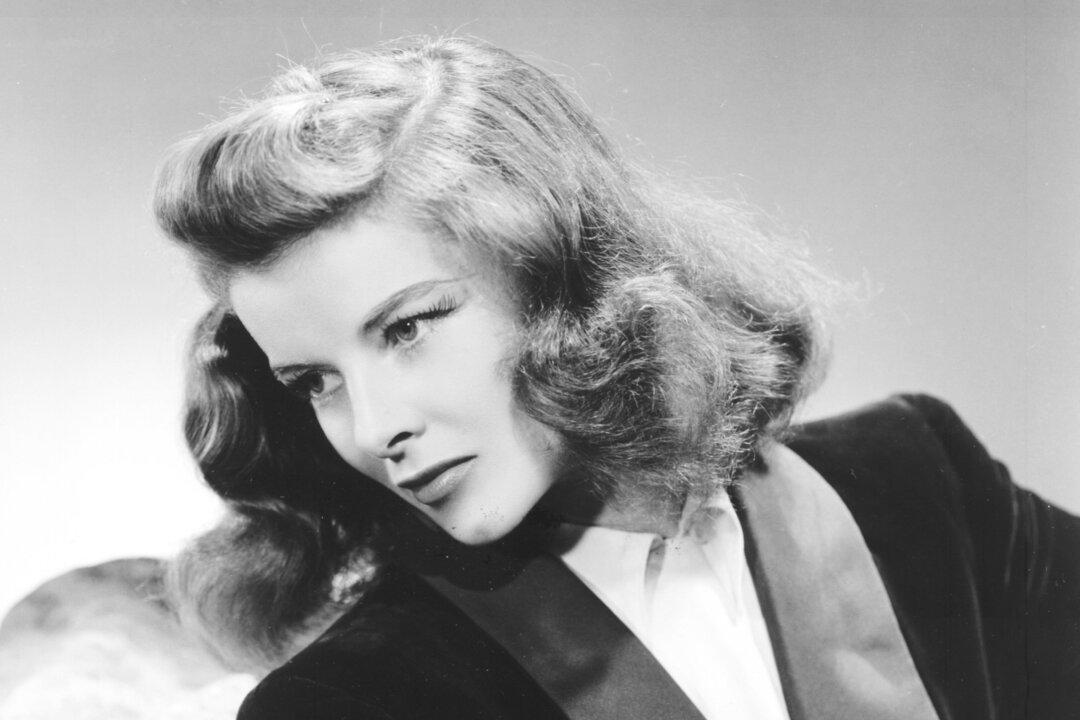Commentary
This summer, the final “Indiana Jones” film came out. Disney released a live action remake of “The Little Mermaid.” Pixar released an animated movie called “Elemental,” and Dreamworks released a rival animated feature called “Ruby Gilman: Teenage Kraken.” Nevertheless, all these potential summer blockbusters were overshadowed by a Warner Bros. movie about animated pieces of plastic.





